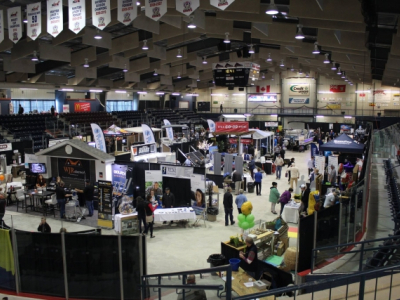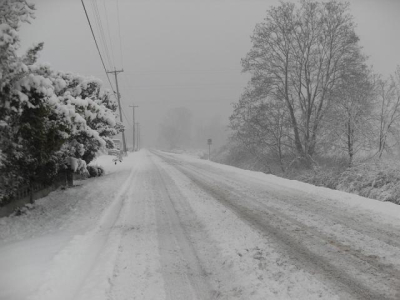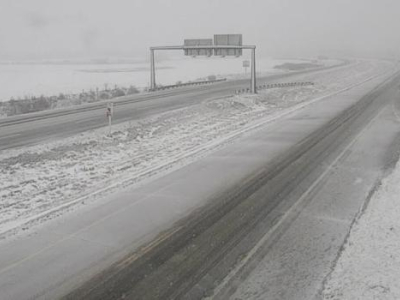A warm dry week last week let many farmers put themselves in prime positions to start in the fields. seeding has already begun for some producers, with the provincial average sitting at 2%, on track with the 5-year average for this time of year.
Producers have begun seeding spring wheat, barley, oats, and corn. The Central region is the most advanced with approximately 10% of each of the major cereals planted. Corn planting is approximately 1% complete.
Field pea planting is at 4% complete across the province. The central region is the most advanced at 10% complete and the southwest region is at 3% complete.
Winter cereals are seeing a decent survival rate of 80-90%, with most producers getting some fertilizer in their fields.
Projections for crops this year from Stats Canada are seeing 3.1 million acres of Spring wheat, 3.2 million acres of canola, and 1.48 million acres of Soybeans being planted this year.
A bit closer to home in the northwest area, a week of warmer, drying weather led to an improvement in field conditions.
Some field work has started near the end of last week with Harrowing and fertilizing started over the weekend. However, there are still fields with standing water in low areas.
A very few select fields have been seeded. Field preparation and fertilizing will continue. Soil moisture at this point is adequate for most of the region. Fall rye and winter wheat conditions in the region are varied.
There has been some winterkill on fall rye in the Swan River area, but in areas with adequate snowfall, fall rye and winter cereals have fared well so far.
Seeding of field peas and spring wheat in the Dauphin/Swan River area over the weekend. Less than 1% for each crop.
As for forage and livestock, pastures are beginning to green up nicely, and the precipitation should treat them well this week.
Hay and pasture stands are being rated as mostly fair, but there has been some winter kill of forage establishment.
more info on that will be available as inspections continue.
Livestock are still primarily in their winter feeding areas, though some operations have opened smaller paddocks adjacent to corrals to allow animals more space and to get them out of the mud.
Dugouts have seen some good recharge so far from the melt, but are still considered low in some areas.
So begins another busy season for the people that feed the world.
thanks to all the producers out there, we here at CKDM wish you all a safe and profitable year!







